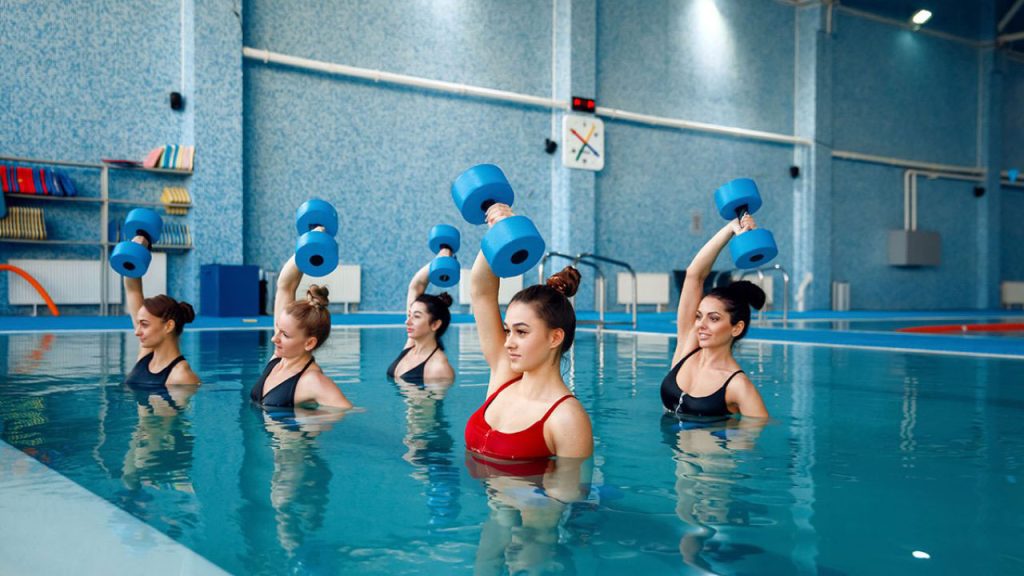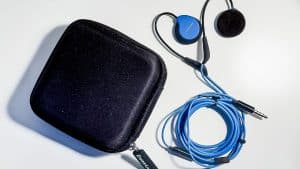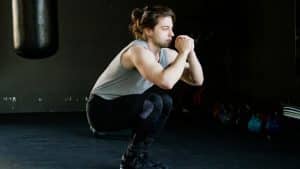If you’re recovering from an injury or have trouble with your joints, swimming is often recommended over going for a run or visiting the gym. But what if you don’t like swimming? Is there a way to combine the advantages of water-based exercise with your favorite land-based options? People can be pretty creative about how they use the water when they’re trying to get fit (https://longevity.technology/lifestyle/7-water-aerobic-exercises-for-total-body-fitness/).
Why aquatics? When the water takes your weight, it swallows the impact of your movements, which means you’re less likely to cause or exacerbate any pain or injuries. Despite this, you can still get your heart pumping and engage your whole body in a full workout.
Many exercises you do on land can also be done aquatically. Walking, running, high knees, leg lifts, and jumping jacks are all on the list of potential moves that could work different muscles, get the blood flowing and improve your cardiovascular health. You may even find that the resistance from the water can intensify the experience.
Let’s start with walking. Like on land, this is the gentler option compared to running. This makes it a good warmup or cooldown option, in addition to being better if you have injuries or mobility problems. Your calves, thighs and lower back are all involved, as is your core. You’re working on your balance as much as you are your strength. Be deliberate with your movements, ensure your feet make contact with the floor of the pool, don’t let your posture slip, and if you want to push yourself a little harder, lift your knees a little more.
If you want your heart rate and blood flow to pump a little more while working similar muscles to when you’re walking and without the kind of impact you’d experience on land, aquatic jogging is a logical next step. For another way to get your legs moving while in the soothing embrace of the water, you can also try water bicycling. This doesn’t actually involve a bicycle. Instead, you sit or lean on the side of the pool and cycle your legs with the same sort of motion you’d use if pedaling a bike.
Remember the usual rules about starting slow, focusing on your breathing and listening to the experts, but once you’re in the pool, you have lots of options to work every part of your body.




